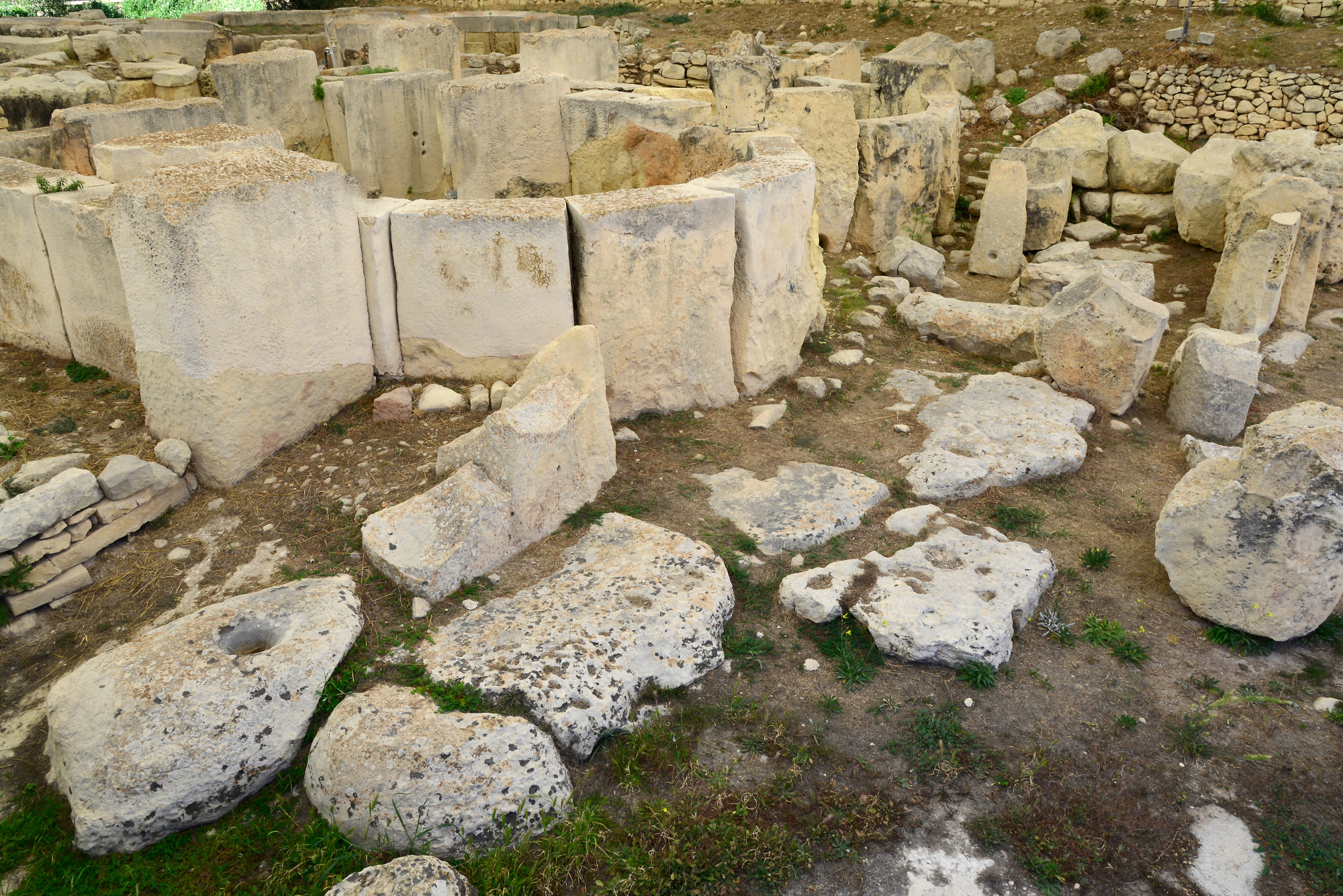TARXIEN TEMPLES
TARXIEN TEMPLES
Discovered in 1913 by local farmers, the Tarxien Temples’ site was extensively excavated between 1915 and 1919, with a number of minor interventions carried out in the 1920s by Sir Themistocles Zammit, Director of Museums at the time.
Inscribed in the UNESCO World Heritage List, this site consists of a complex of four megalithic structures built between 3600 and
2500 BC, and re-used between 2400 and 1500 BC.
The location and relationship with the temple of decorated stones, altars and other findings, indicate which type of activities might have taken place in this site. Moreover, the discovery of stone spheres that have been interpreted as being stone rollers which were used as aids for the transportation of the megaliths, have contributed to the study of the construction of these megalithic structures.

Comments
Post a Comment